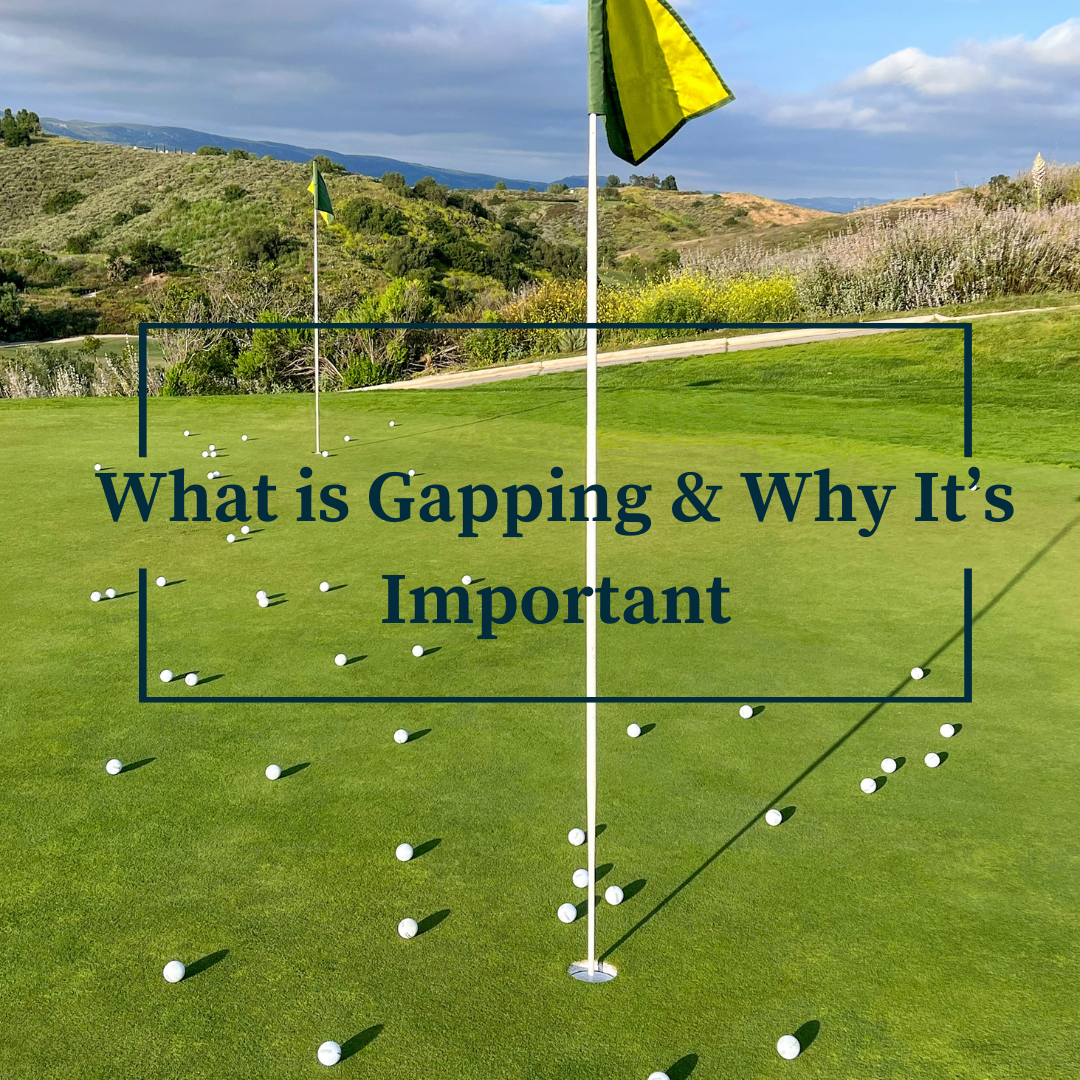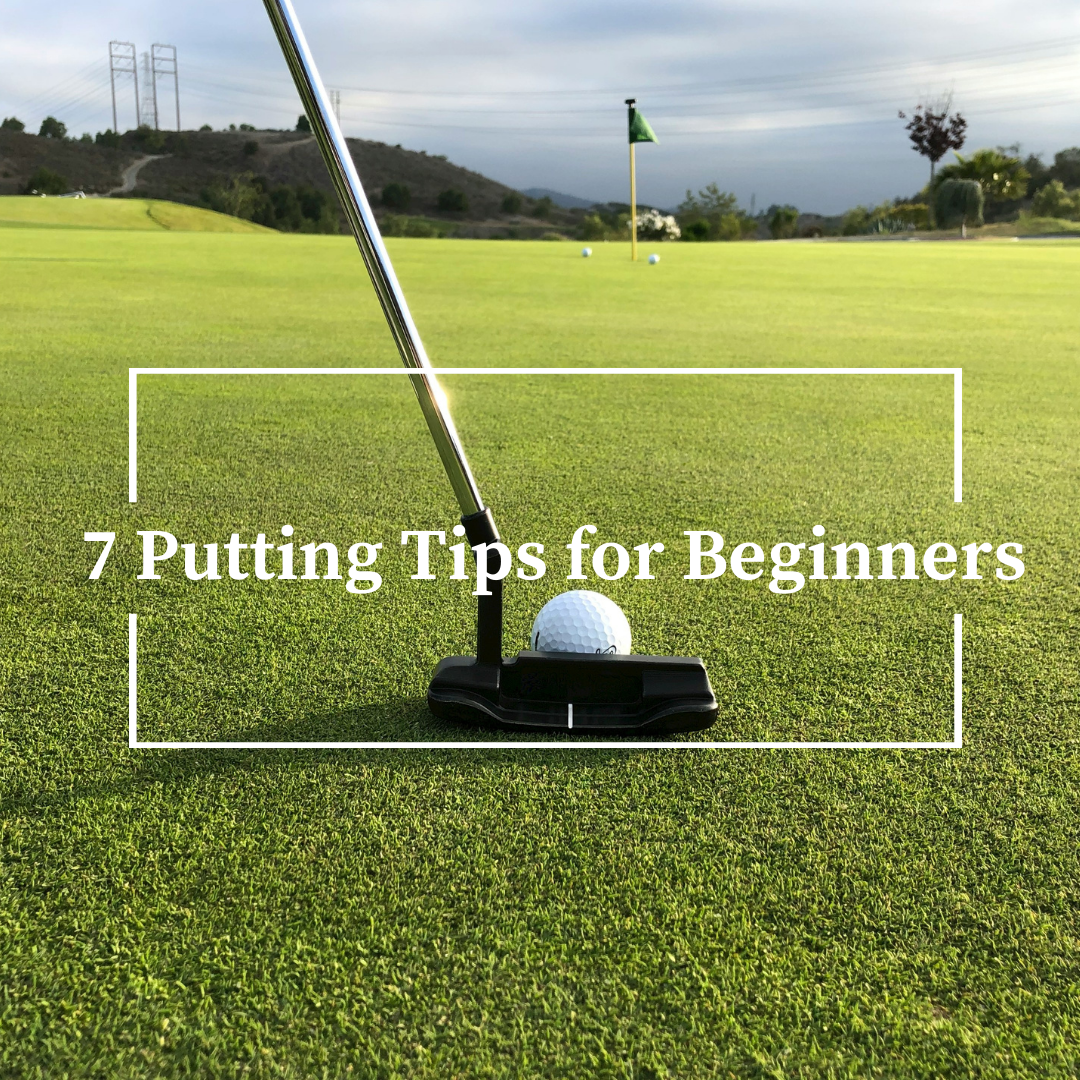Putting is one of the most important parts of golf, and improving your putting can lower your score. But for beginners, putting can be a frustrating and challenging part of the game.
One of the most common challenges beginners face when putting is speed and distance control. It can be difficult to judge how hard to hit the ball. Another challenge is getting the ball to start on the right line, which requires the right ball position and eye line. And of course, reading the green can be a challenge for players of all levels.
In this article, we’ll provide you with some essential putting tips for beginners. We’ll also cover some common mistakes to avoid and offer advice on how to practice.
- Get a Putting Routine
- Understand Speed Control
- Ball Position
- Eye Line
- Learn How to Read the Green
- Start the Ball on Line
- Practice, Practice, Practice
1. Get a Putting Routine
A good putting routine is a must to improve your consistency and build confidence on the greens. A putting routine is a set of steps that you follow before every putt to help you focus, visualize, and execute your putting stroke.
Here are some basic steps that you can follow to create your own putting routine:
Read the Green
Before you approach your ball, take a few steps back and look at the green from behind the ball and from the side. Try to visualize the slope and direction of the putt, and pick a target line that will help you get the ball to the hole.
Align the Putter Face
Once you have a target line in mind, align the putter face to it. This will help you start the ball on the right line and give it the best chance of going in the hole.
Set up to the Ball
When you’re ready to putt, set up to the ball with a relaxed posture and grip. Make sure your feet are shoulder-width apart and parallel to the target line, and your eyes are over the ball.
Take a Few Practice Strokes
Before you set up to the ball, take a few practice strokes to feel the distance and get a sense of the speed and tempo of the putt. This will help you develop a consistent stroke length and rhythm.
Make a Smooth & Rhythmic Stroke
Make a smooth and rhythmic stroke, keeping your head still and your eyes focused on the ball. Try to maintain a consistent tempo and stroke length.
While these steps form the basis of a good putting routine. There are many variations that you can try to find your own routine. Do what is right for you.
The key is to find a routine that works for you and helps you build confidence and consistency. With practice you can develop a putting routine that will help you sink more putts and lower your scores.
2. Understand Speed Control
Speed control is always a challenge for someone starting out in the game. Not knowing what the power of the putt should be. The key to speed control is stroke length, which means the distance the putter travels during the putting stroke, from the backswing to the follow-through. Being able to control stroke length allows golfers to adjust the power of their putts to match the required distance, helping to consistently roll the ball to the hole.
So, how to improve your speed control? Here are a few tips to help you get started:
- Focus on stroke length not power: Your stroke length will affect the speed of the ball. Focus on making a smooth, consistent stroke rather than trying to hit the ball hard.
- Practice on different types of greens and slopes: Different greens have different speeds, so it’s important to practice on a variety of greens to get a feel for the pace. Slopes can also affect the speed of the ball, so practicing on slopes will help you learn how to adjust your speed.
- Ensure a consistent tempo: A consistent tempo is key to good speed control. Using a counting method can help you maintain a consistent tempo throughout your stroke.
- Visualize the ball going into the hole: Visualization is a powerful tool that can help you improve your speed control. Before hitting your putt, visualize the ball rolling into the hole at the right speed.
Remember, good speed control takes practice and patience. By incorporating these tips into your putting stroke, you can improve your speed control and sink more putts.
3. Ball Position
Ball position is important and is one point that is usually not considered as a beginner. It can greatly affect the launch angle and the roll of the putt.
To get started, the ball position that is slightly forward of center, roughly in line with the left eye (for right-handers). This ball position helps to make contact slightly on the upstroke and create a better roll.
To check your ball position, you can bring the putter up to your left eye or drop a ball from the left eye. This will help you ensure that the ball is in the correct position.
Also with ball position, it’s important to pay attention to your set up, feet, and posture. Make sure you are standing with your feet shoulder-width apart and your weight evenly distributed. Your posture should be relaxed and natural, with your eyes over the ball.
Remember, putting is all about consistency, so be sure to practice your ball position, set up, feet, and posture regularly.
4. Eye Line
You may be thinking what is eye line and how can it be important to be a good putter. Good question, I asked the same when my golf instructor told me. But believe me when I say, it changed my putting accuracy by hitting the ball on the right putting line consistently.
Eye line is the position of your eyes relative to the ball and the target line. If your eyes are not in the right position, it can lead to misalignment when aiming your putt.
Eye line can vary person to person, so you should confirm what eye line is best for you. But the general rule of thumb is for most golfers it is common for the eye line to be just inside the center line. Check out the short clip from the man himself, Tiger Woods on eye alignment.
To check your eye line, you would need to use a putting mirror. Steps to do this:
- Place the mirror on the ground and align it with the center of the ball and the target line.
- Get an alignment stick or ruler and make that the target line.
- Now move your eyes over the golf ball until you find the middle point where the stick/ruler is pointing down your intended line.
- Reference this point in the mirror and that is your correct eye line.
Eye line is critical for a successful putting stroke. By following these tips, you can improve your alignment and accuracy in no time.
5. Learn How to Read the Green
Reading the green is the first step in ensuring you are hitting the putt on the right target line. Inability to read the green, you have little hope of improving your putting. Remember, like anyone starting out, it takes time and practice to become confident in doing the task. No difference with reading greens.
To read a green it involves looking at the slope, grain, and firmness of the green to determine the right line and speed of the putt. Here are some tips to help you read a green.
Look at the Shape & Slope of the Green
Before you even approach your putt, take a moment to observe the green. Look for any obvious slopes or changes in elevation on the green that could affect the direction and speed of your putt.
Walk Around the Hole
Take a walk around the hole and observe any changes in the color and grain of the grass. These changes can or show the direction and severity of the slope, which can help you choose the right putting line.
Feel the Firmness
Use your feet to feel the firmness of the green. A firmer green will typically result in a faster putt, while a softer green will slow down the ball. By feeling the firmness of the green, you can make adjustments to your putting stroke.
Plumb-Bob Method
For more accurate readings, you can use a plumb-bob method to determine the break and direction of the putt. To do this follow these simple steps:
- Stand upright directly behind your ball: holding your putter grip with your thumb and forefinger in front of your face at an arms length, letting the putter hang. Make sure your putter is vertical and straight.
- Close one eye and use your dominant eye: to align the left side of your putter with the center of the ball. The left side of the putter will cut the ball in half.
- Then look at the putter shaft:
- If the shaft appears to the right of the hole then the putt will be going right to left.
- If the shaft appears to the left of the hole then the putt will be going left to right.
- If the shaft covers the hole, then the putt should be relatively straight.
Stand Behind Your Putt
Take in all the points above now gauge your target line and power for your putt.
6. Start the Ball on Line
Starting the ball on the intended line is crucial for making more putts. You need to hit the ball in the direction of the target line from the very beginning of the putt.
To make this happen the putter face plays a significant role in determining the initial direction of the ball. If the putter face is not square to the target line on impact, the ball will not start on the intended line. So, focus on the putter face position and direction during impact.
Here are some tips to help you start the ball on line consistently:
- Choose a specific mark a few feet in front of the ball: This will help you align the putter face correctly and hit the ball on the intended line.
- Use the markings on the ball: Balls will have markings on them so use these markings to align this with the target line.
- Keep the putting stroke on the correct swing plane: This will help you maintain the putter face’s square position and direction throughout the stroke.
7. Practice, Practice, Practice
Like anything you do to without practice you will never improve. The same goes with putting. Golfers forget to practice their putting, they spend too much time on the driving range and not enough time on the putting green.
To make putting practice more enjoyable, here are some fun putting drills:
- Ladder Drill: this drill involves putting from different distances and trying to get the ball within a club length of the hole. This helps with speed and distance control.
- Circle Drill: where you place six balls around the hole at the same distance and try to make them all in a row. Each ball will have a different break so it will get you having to use your putting skills to read each putt.
- 3-6-9 drill: You putt from three, six, and nine feet and keep track of your make percentage. This will help with speed and distance control.
- Gate Drill: place two tees (about a ball and a half) apart about 3-4 feet in front of you and hit the ball through the tees on the way to the hole. This will help to keep your putter head square at impact.
Practicing putting can be done at home, so you can do it anytime. There are a range of putting mats which you can buy to help you with your putting.
I want to reinforce, the key to improving your putting is to practice regularly and focus on your technique to continue to build your skills and confidence.
Final Thoughts
Putting is uber critical when it comes to golf. Not being a good putter will impact the ability to improve your game and lower your scores.
Continue to practice, there are a range different drills you can do to improve your putting. Also practicing putting is inexpensive as you can buy a putting mat. Also when you go to the golf course the putting area is free, so there is no excuse not to practice.
But when you are practicing focus on these 7 putting tips and you will see an improvement in your putting.
Once you have your putting down pact, check out my article about Golf Swing Tips & Golf Swing Grip to improve your golf swing.
Frequently Asked Questions
Should beginners focus more on technique or feel when putting?
Both technique and feel are important when it comes to putting. As a beginner, it’s important to focus on developing good technique first. Then as you become more comfortable with your putting stroke, you can start to focus more on feel and touch, which can help you develop your putting game.
What are some common mistakes beginners make when putting?
Common mistake beginners make are:
- Spending too much time on the driving range and not on the green
- When practicing, not being specific and doing drills that focus on improving the putting basics: speed & distance control, reading the green, putting stance & setup.






